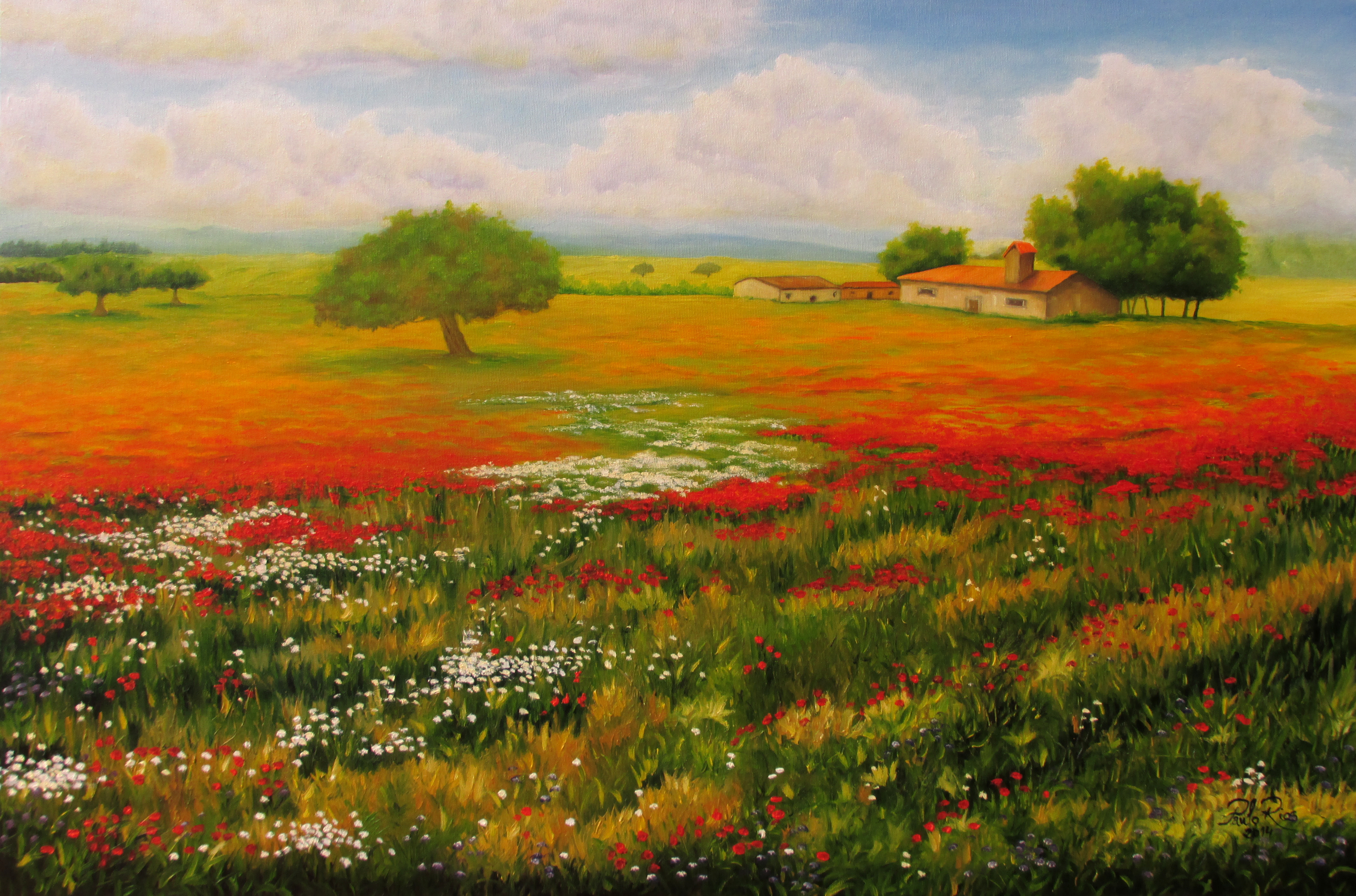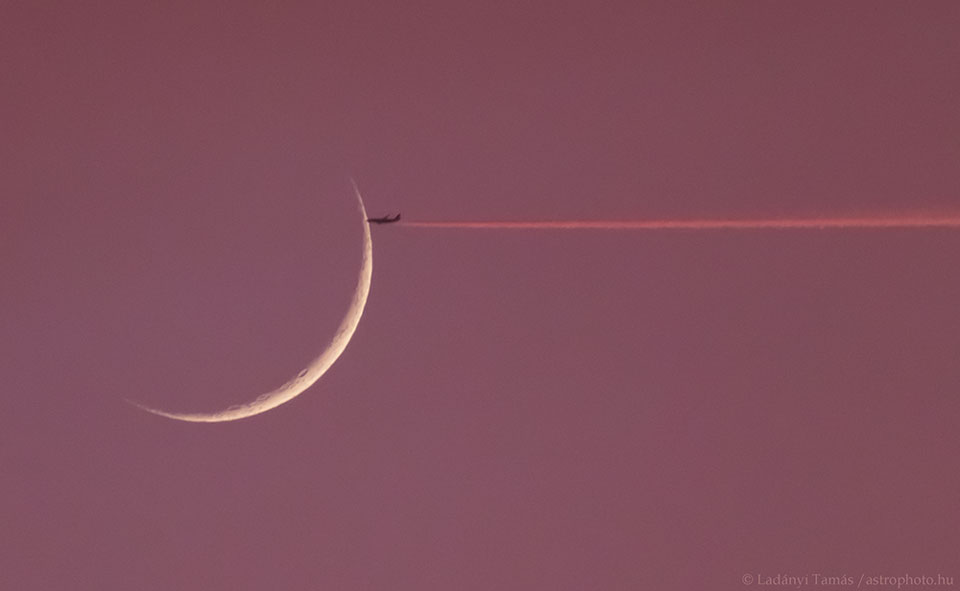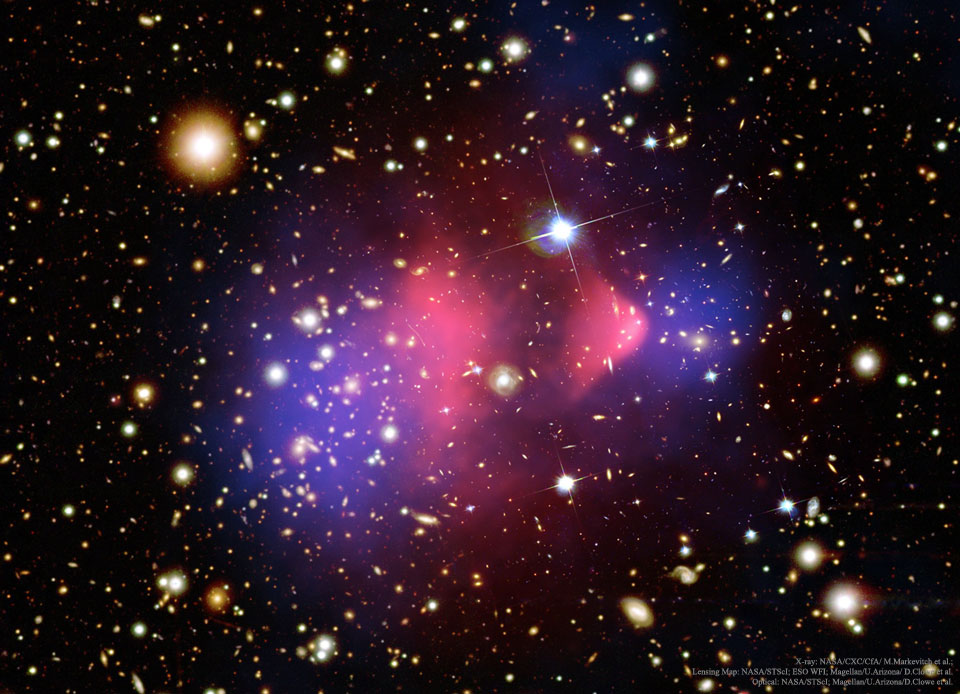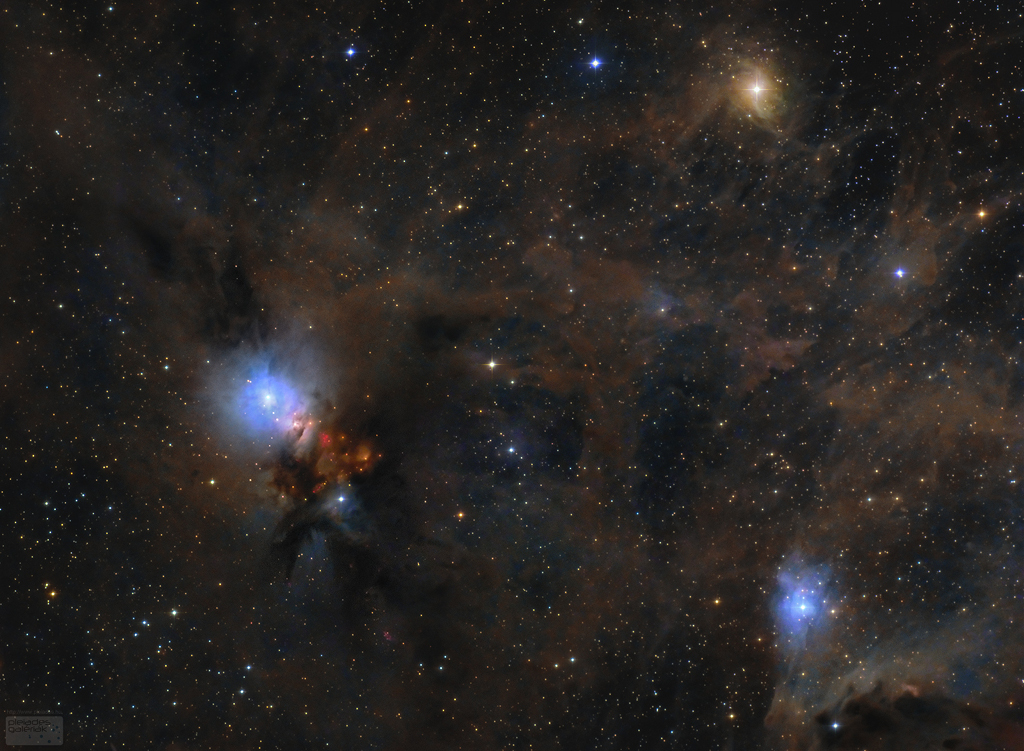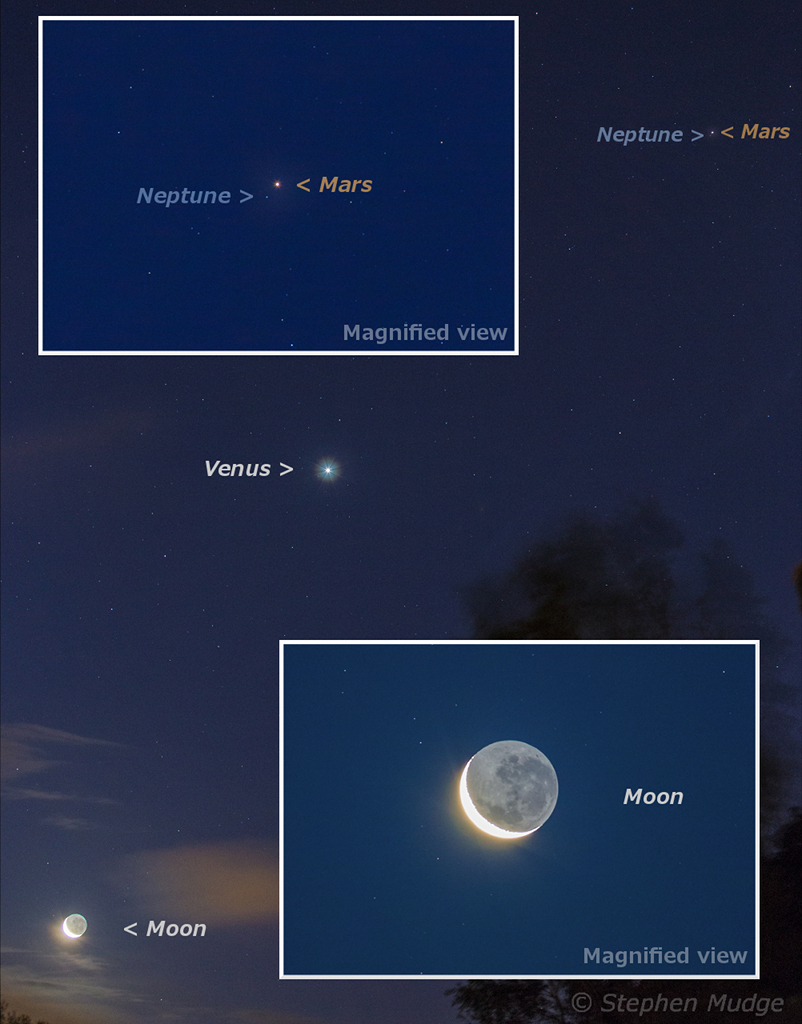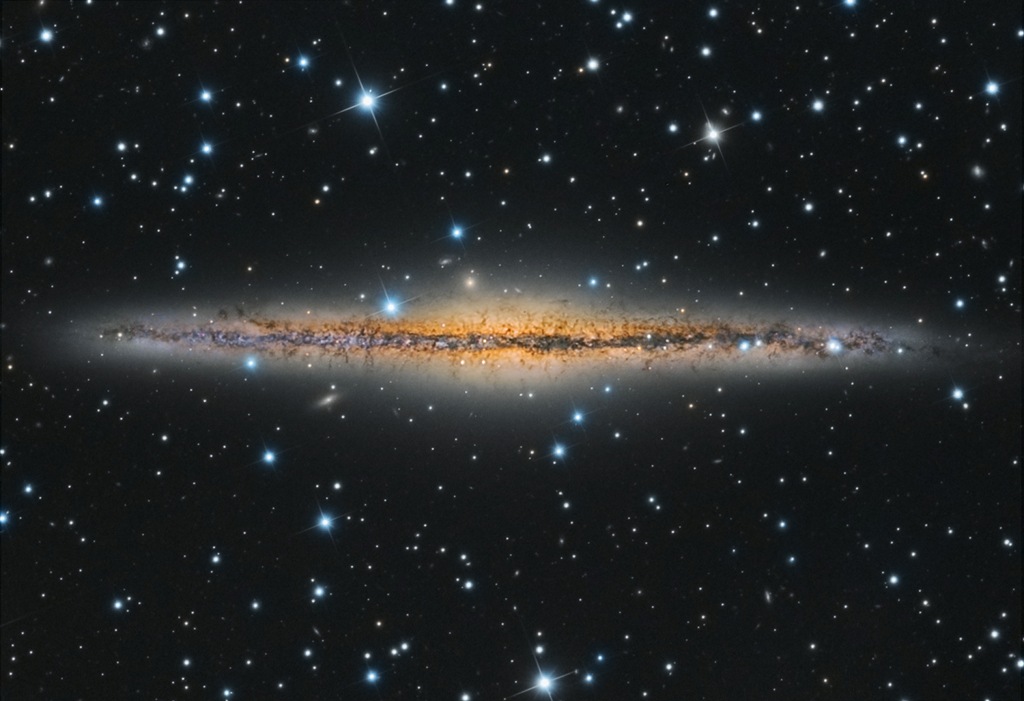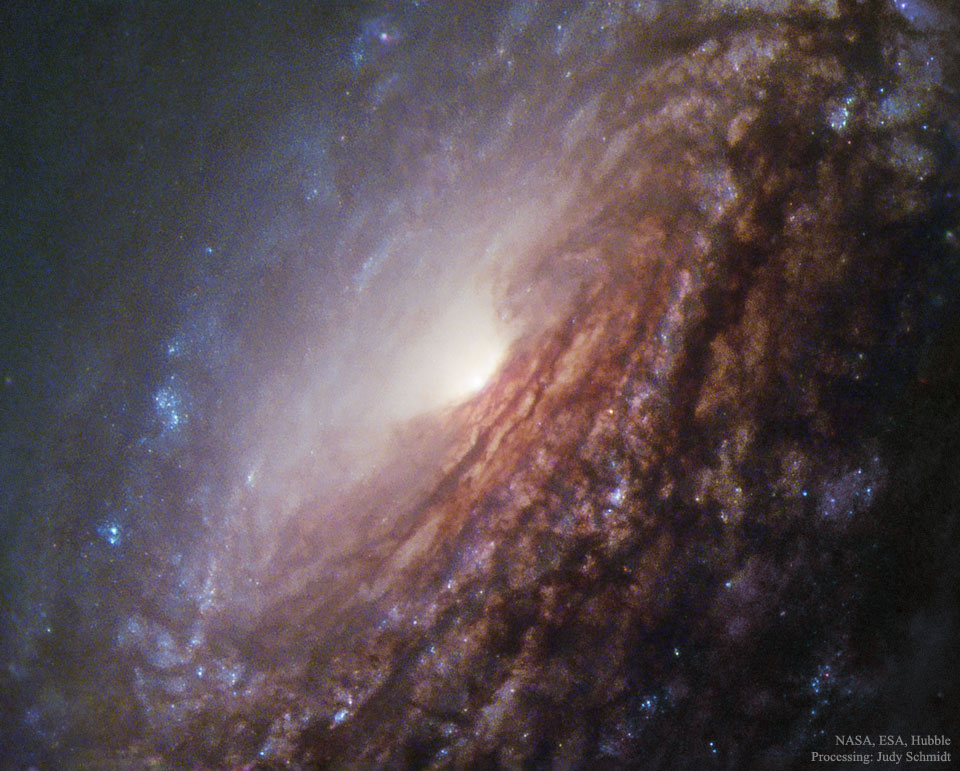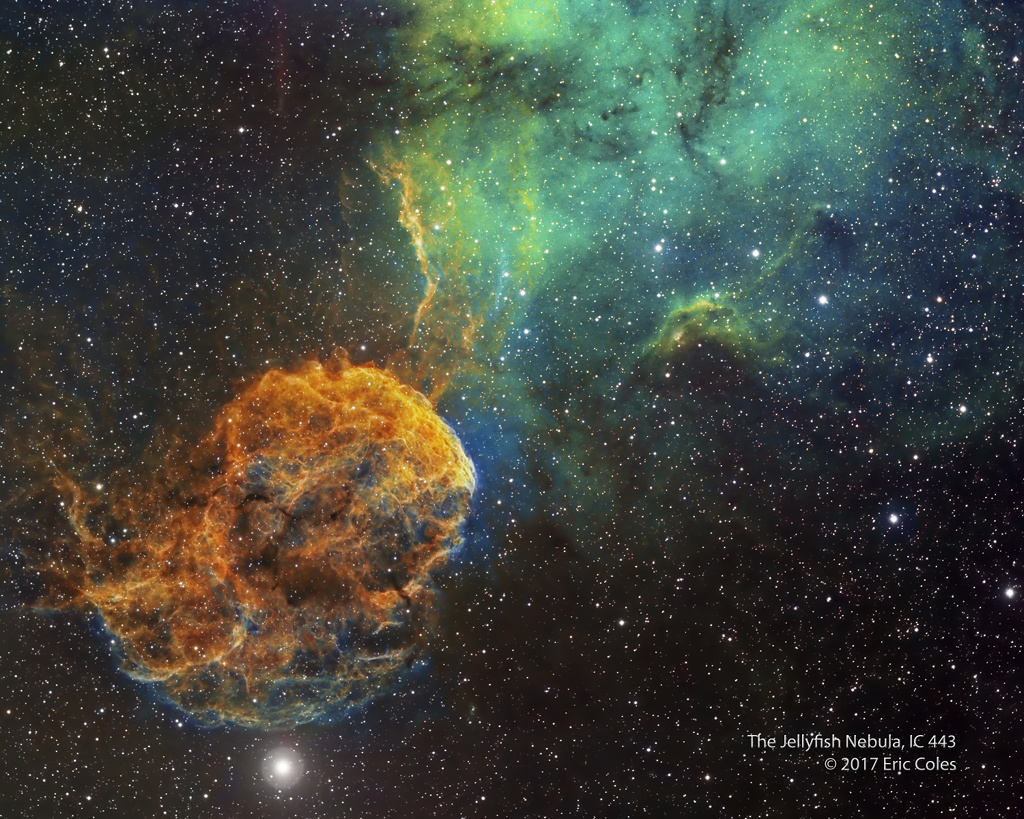
O antigo Presidente da República Mário Soares morreu no sabado aos 92 anos, disse à agência Lusa fonte do Hospital da Cruz Vermelha.
Mário Soares, que foi ainda fundador e líder do PS, assim como ministro dos Negócios Estrangeiros e primeiro-ministro, morreu hoje, aos 92 anos, no Hospital da Cruz Vermelha, em Lisboa, onde estava internado desde 13 de dezembro de 2016.
Filho de João Lopes Soares, um ministro na I República, e de Elisa Nobre Baptista, Mário Alberto Nobre Lopes Soares nasceu a 07 de dezembro de 1924, em Lisboa, tendo estado omnipresente na vida pública do país, tanto nas décadas anteriores à revolução de 25 de Abril de 1974, como nos primeiros 40 anos da democracia portuguesa.
Preso político e posteriormente exilado em São Tomé e Príncipe e França durante a ditadura, Soares regressou "em ombros" à sua pátria em 1974 para desempenhar as pastas dos Negócios Estrangeiros dos primeiros governos provisórios, liderar os I, II e IX Governos Constitucionais (1976-78 e 1983-85), até chegar à Presidência da República, no Palácio de Belém, onde ficaria por dois mandatos (1986-1996).
Manuel Resendes c/Lusa
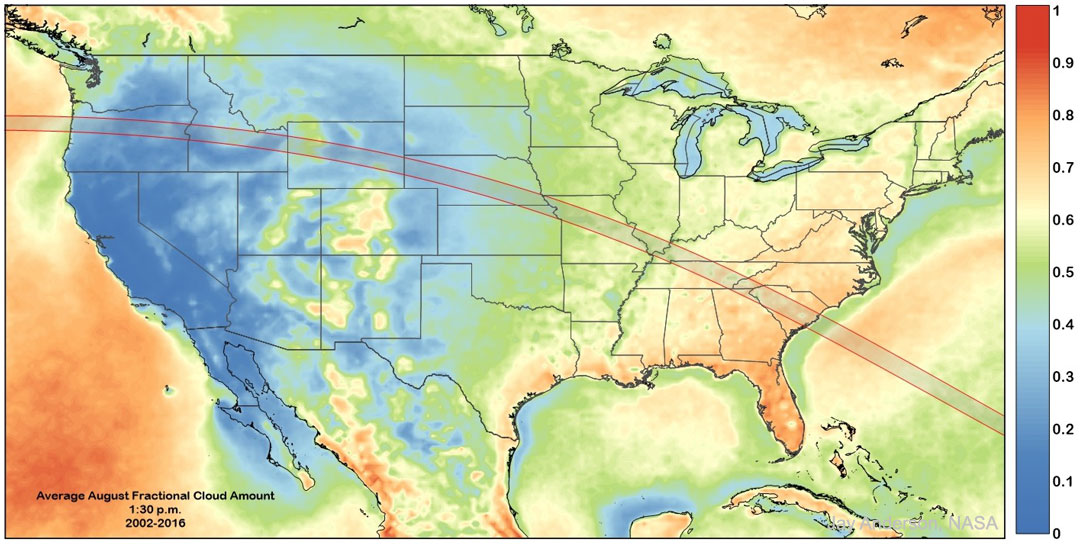

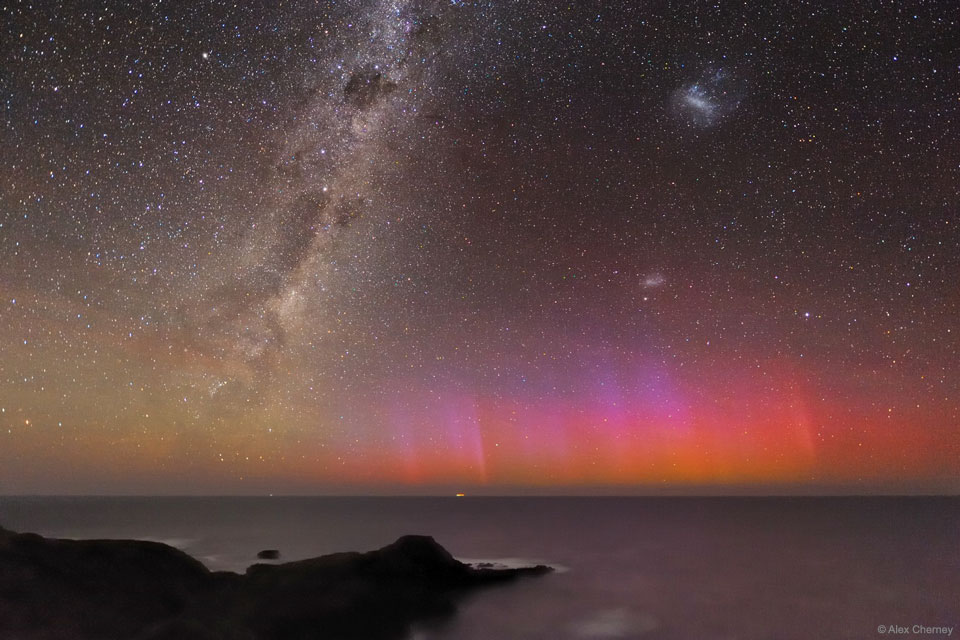



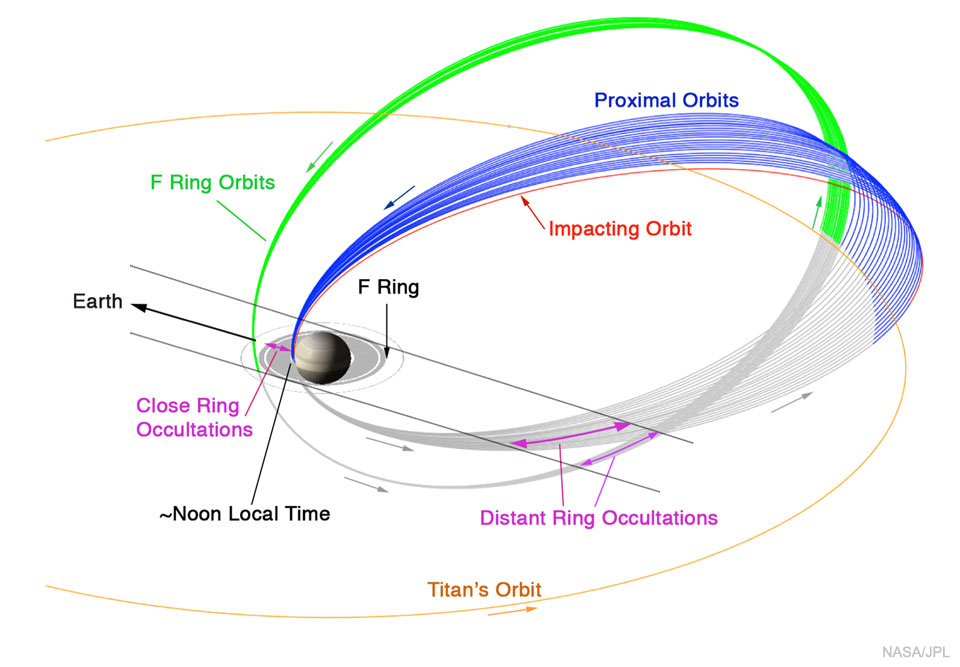




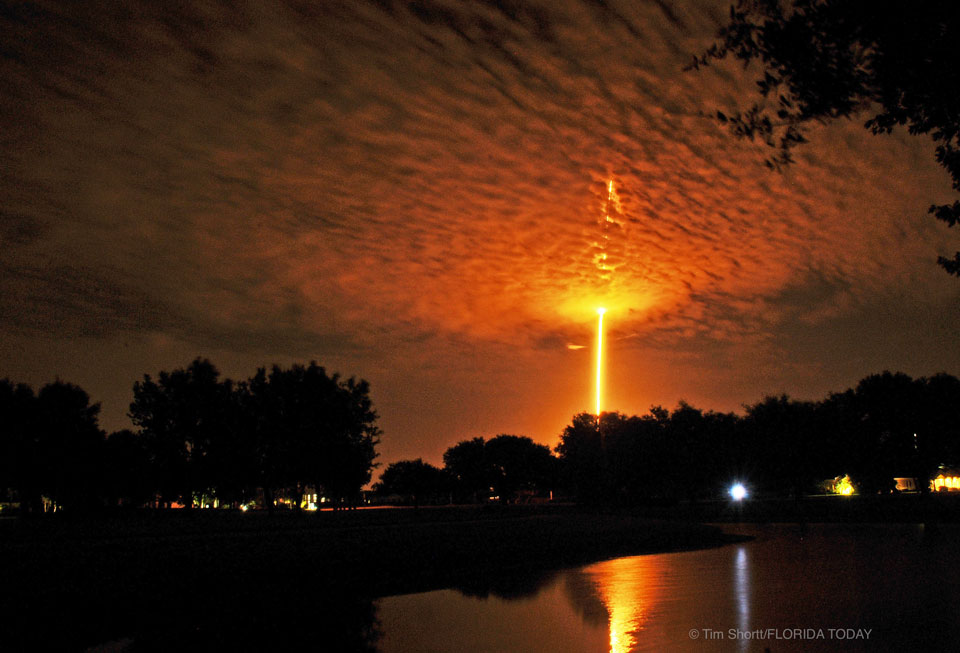
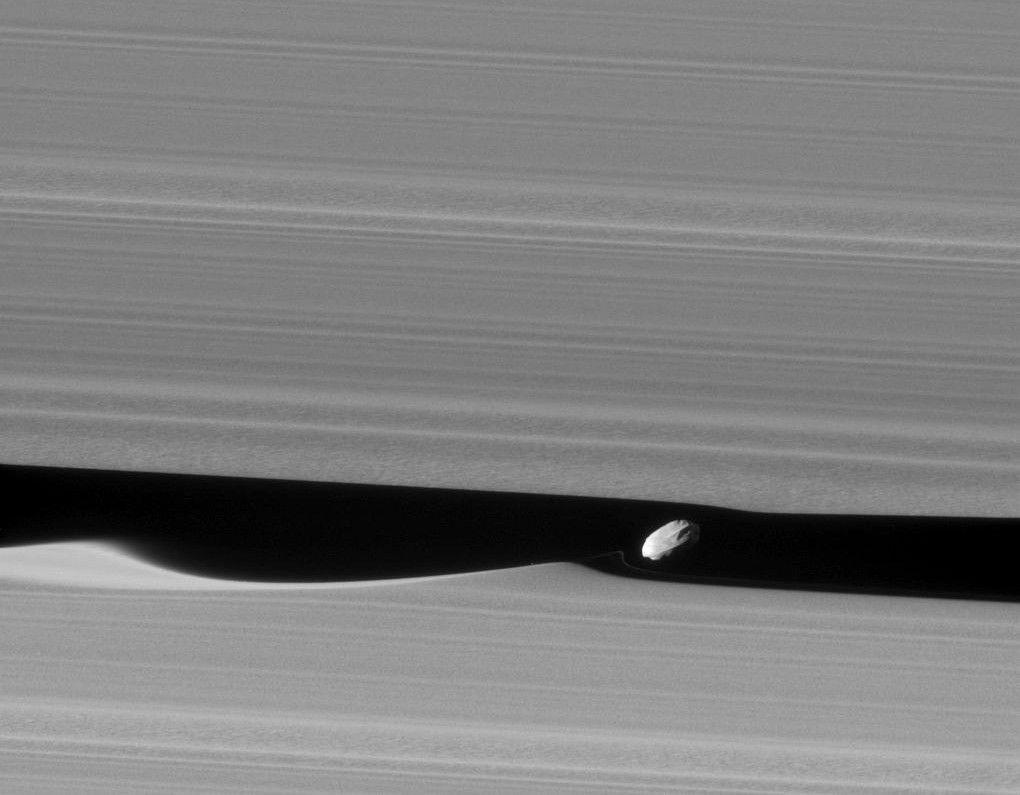

GB-finalLeshin1024.jpg)
